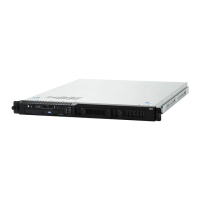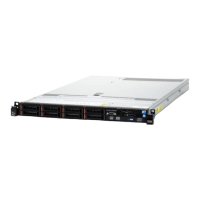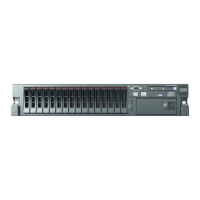| Watch Folders and the Aspera Watch Service | 201
"enabled": true
}
The username and password are for a transfer user with permissions to the source path. Save the files, with the
.json extension.
b) Create the service.
# curl -ki -u node_username:node_password -X POST -d @config_file
"https://localhost:9092/rund/services"
If service creation succeeds, the ID of the service is returned. Record the ID for use in the next step.
c) Confirm that the service is running.
# curl -ki -u node_username:node_password -X GET "https://
localhost:9092/rund/services/service_id"
6.
Create a JSON configuration file for your Watch Folder.
The Watch Folder JSON file describes the source, target, and authentication to the remote server, and can also
specify transfer session settings, file handling and post-processing, filters, and growing file handling.
A basic pull Watch Folder configuration has the following syntax:
{
"source": {
"path": "source_directory",
"location": {
"type": "REMOTE",
"host": "ip_address",
"port": port,
"authentication": {
"type": "authentication_mode",
"user": "username",
"pass": "password"
}
}
},
"target": {
"path": "target_directory"
},
"watchd": {
"scan_period": "scan_period",
"identifier": "daemon"
}
}
For a full configuration reference, see Watch Folder JSON Configuration File Reference on page 175.
Field Description Default
source path The source directory on the remote server. For SSH and Node
API user authentication, the path is relative to the associated
transfer user's docroot, or the absolute path if the transfer user is
configured with a restriction. For Shares authentication, the path is
the share name and, optionally, a path within the share. For access
key authentication, the path is relative to the storage specified in
the access key.
N/A
location type Set "type" to "REMOTE" for the remote server. "type":
"REMOTE" is assumed if "host" is specified.
"REMOTE"

